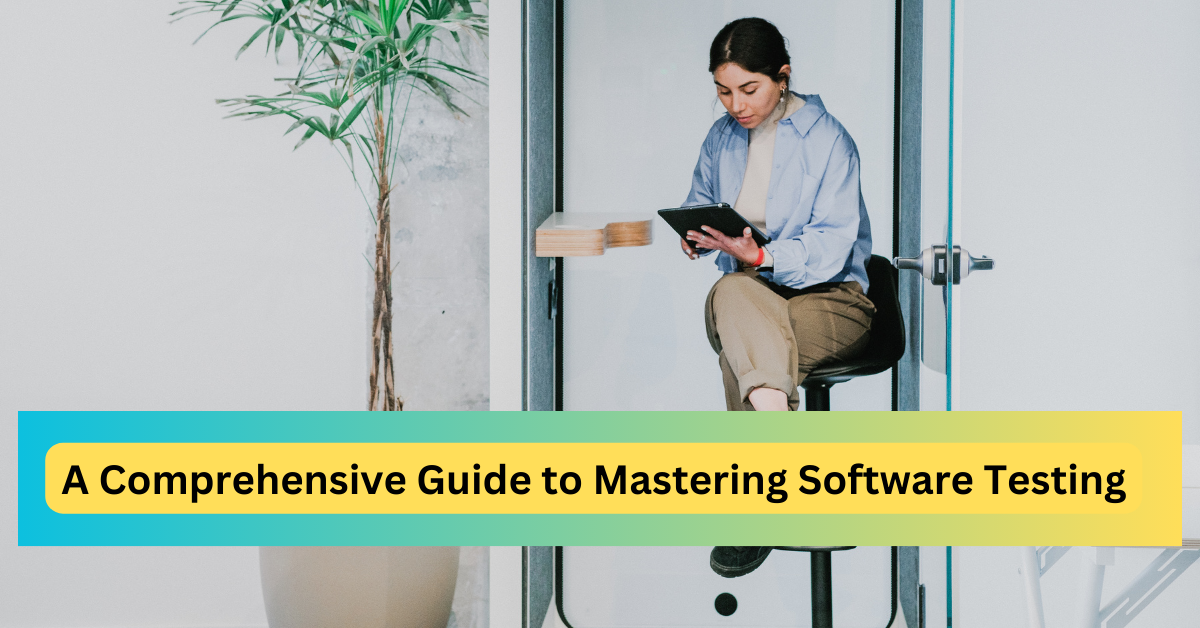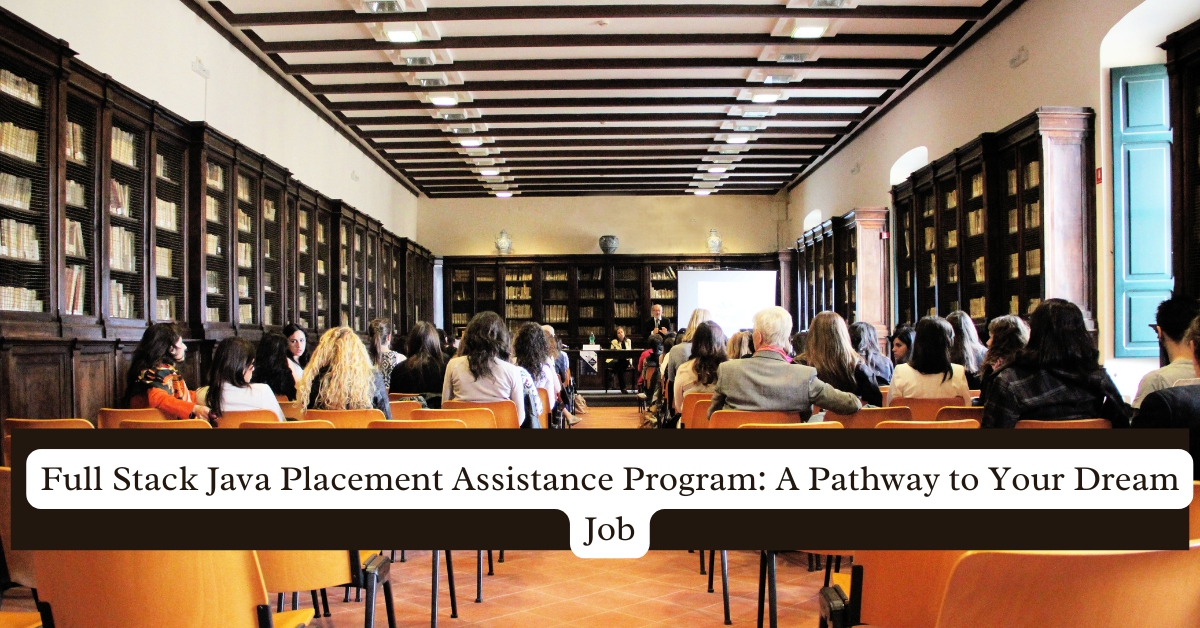Introduction to R Programming
R programming is one of the most versatile and powerful tools available for data analysis, statistical computing, and data visualization. Whether you’re a budding data scientist, a researcher, or a professional looking to upgrade your skills, R provides a comprehensive platform to harness the power of data. With its extensive range of packages and libraries, R is tailored to meet the needs of those working in fields like finance, healthcare, marketing, and more.
Why Choose R for Data Science?
R is the go-to language for statisticians and data scientists due to its flexibility and depth. It’s designed specifically for statistical analysis and visualization, making it particularly strong in areas where other programming languages like Python might fall short. The wide array of packages available in R, such as Tidyverse for data manipulation and ggplot2 for data visualization, enable users to conduct complex data analysis with relative ease
What You’ll Learn in an Online R Programming Course
Online R programming courses offer structured learning paths, catering to beginners and advanced users alike. Here’s a breakdown of what you can expect:
1. Basics of R Programming
You’ll start with the basics: installing R and RStudio, understanding the R syntax, and exploring data structures like vectors, lists, and data frames. These foundational elements are crucial for any data analysis task
2. Data Manipulation and Visualization
R shines in its ability to manipulate data efficiently. Courses will guide you through using packages like dplyr and tidyr for data cleaning and transformation. You’ll also learn how to create compelling data visualizations using ggplot2, turning raw data into actionable insights.
3. Statistical Analysis
Understanding statistical concepts is vital for data science. R provides a robust environment for performing statistical tests, building predictive models, and analyzing the results. You’ll learn how to apply these techniques in real-world scenarios, making data-driven decisions confidently
4. Machine Learning with R
Advanced courses dive into machine learning, where you’ll explore algorithms like random forests, decision trees, and clustering techniques. R’s extensive libraries simplify the process of building, training, and evaluating machine learning models
5. Practical Projects
One of the key benefits of online R programming courses is the emphasis on hands-on learning. You’ll work on projects that mirror real-world challenges, from analyzing public health data to developing financial models. This practical experience is invaluable as it prepares you to apply your skills in your career
Choosing the Right Course
When selecting an online R programming course, consider your current skill level and what you hope to achieve. For beginners, introductory courses that focus on the basics of R and data manipulation are ideal. If you’re more experienced, look for courses that delve into advanced topics like machine learning and big data analytics.
Courses from platforms like Coursera, DataCamp, and Udemy are highly regarded, offering certifications that can boost your resume. Additionally, these courses are often taught by industry experts from leading universities and organizations, ensuring you receive top-notch education.
Conclusion
R programming is a must-learn skill for anyone serious about data science. With its powerful capabilities and extensive support from the community, mastering R opens doors to a wide range of career opportunities. Whether you’re analyzing trends in healthcare or developing financial forecasts, R provides the tools you need to succeed.
FAQs
1. What prerequisites do I need to start learning R?
There are no strict prerequisites, but a basic understanding of programming concepts and statistics will help you grasp R more quickly.
2. How long does it take to learn R programming?
It depends on your background and the course structure. Generally, it takes 3-6 months to become proficient in R with consistent practice.
3. Is R better than Python for data science?
Both R and Python have their strengths. R is preferred for statistical analysis and data visualization, while Python is favored for machine learning and general-purpose programming.
4. Can I learn R programming online for free?
Yes, many platforms offer free courses or trial periods. However, paid courses often provide more comprehensive content and certification.
5. What career opportunities can I explore after learning R?
R programming skills are in demand in fields like data science, business analytics, finance, healthcare, and academia. Roles include data analyst, data scientist, and statistical consultant.
By diving into an R programming course, you’re not just learning a new language; you’re equipping yourself with a powerful tool to analyze, interpret, and visualize data, making you an invaluable asset in any data-driven field.




